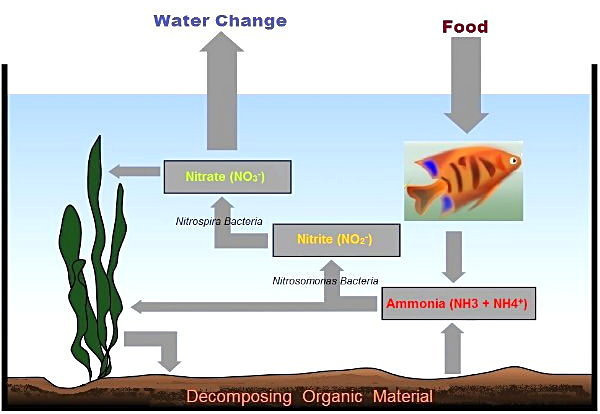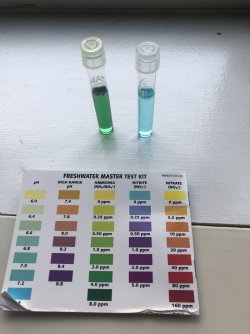Betta Love
New Member
Hey guys!
So I started cycling my new 10 gallon tank to move my Betta in later on it’s been cycling for almost a week now and I used One and Only as the directions said and I used their ammonium chloride as directed on the bottle and I just checked the ammonia and nitrite-0.25 and my ammonia skyrocketed to 6.0 ppm I have been using the products correctly and I have no idea why suddenly my ammonia levels skyrocketed during the cycling process I just did a big water change but now I’m worried I messed up the process because of the skyrocketing ammonia does this mean that I just took out all the beneficial bacteria from the bottle out of my tank? And have to get a new one thanks
So I started cycling my new 10 gallon tank to move my Betta in later on it’s been cycling for almost a week now and I used One and Only as the directions said and I used their ammonium chloride as directed on the bottle and I just checked the ammonia and nitrite-0.25 and my ammonia skyrocketed to 6.0 ppm I have been using the products correctly and I have no idea why suddenly my ammonia levels skyrocketed during the cycling process I just did a big water change but now I’m worried I messed up the process because of the skyrocketing ammonia does this mean that I just took out all the beneficial bacteria from the bottle out of my tank? And have to get a new one thanks






